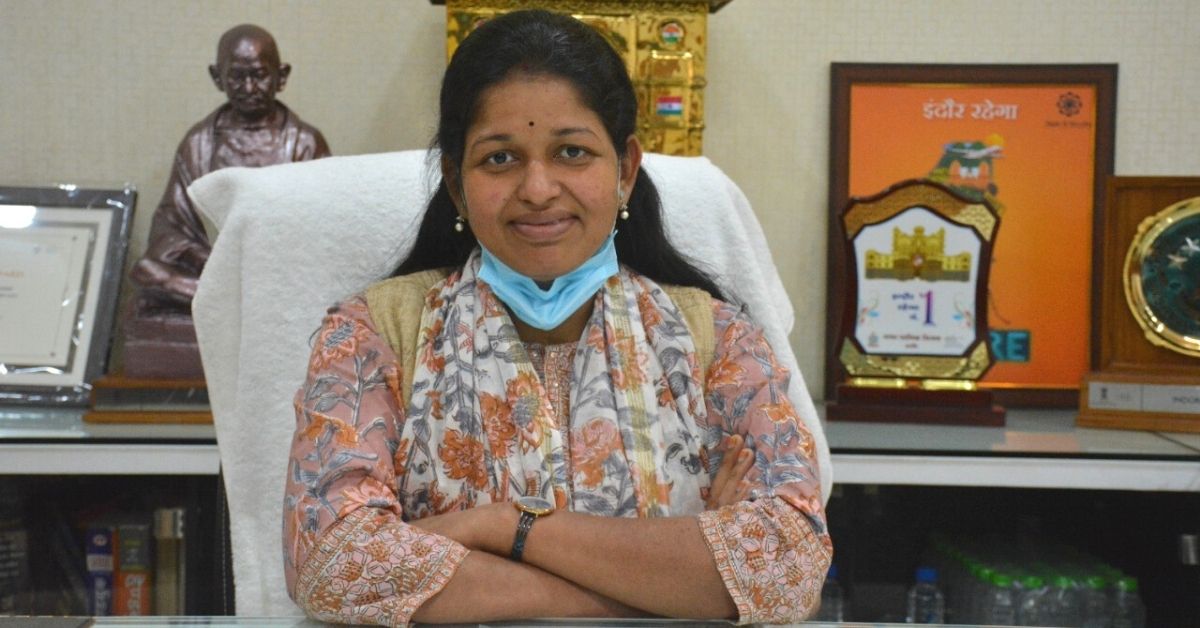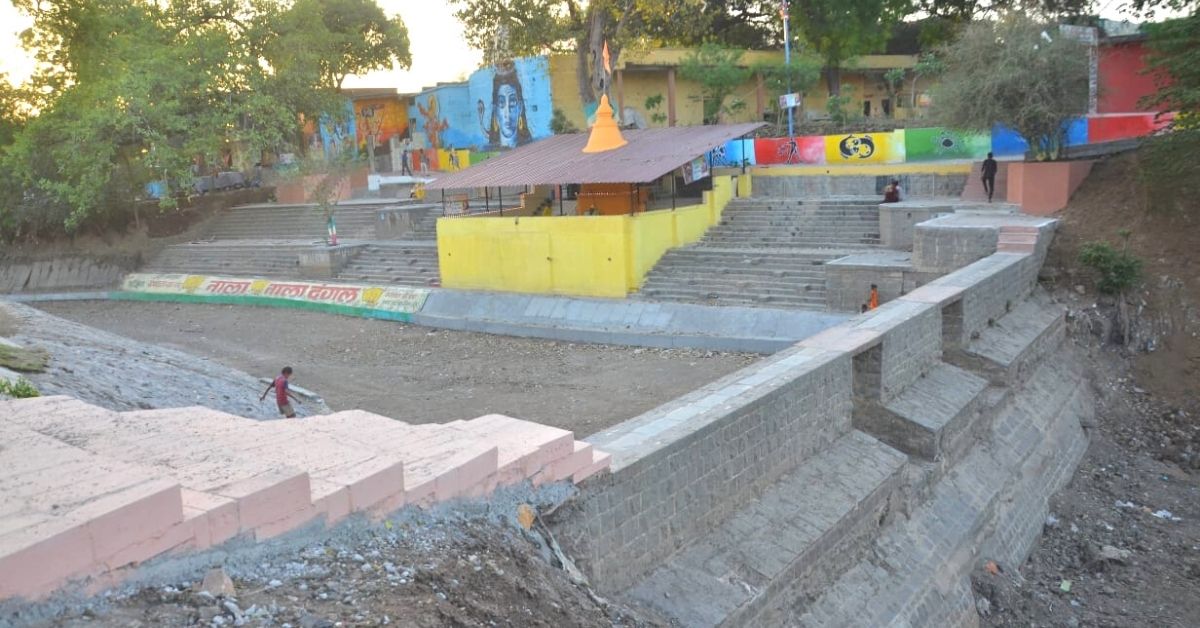About 80% of sewage waste generated in India goes down the drain into the rivers and other water bodies without being treated. Research suggests that dysfunctional Sewage Treatment Plants (STP) and their outdated infrastructure have become one of the main reasons for such a high proportion of wastewater entering natural water bodies without treatment.
However, Indore, known as the cleanest city in India, has achieved yet another feat to solve sewage issues and become the first Water Plus city in the country.
A city is considered Water Plus under Swachh Survekshan, an initiative by the Central government to maintain cleanliness in rivers and drainage systems under the local administration.
Civic Chief of Indore Municipal Corporation Pratibha Pal tells The Better India, “As per the guidelines from the Union Ministry of Housing and Urban Affairs, a city can earn the Water Plus title by treating all wastewater emitted from households and commercial entities. The treatment of sewage should be satisfactory as per government norms before being released into water bodies.”
Streamlining the drainage system

She says, “The criteria demands that no sewage water sans treatment should enter rivers or drains directly. Moreover, public and community toilets should connect with the sewage lines, and 30% of the wastewater generated by the city should be recycled for reuse.”
She adds, “There are two rivers, Kahn and Saraswati, that flow along Indore. Our survey to identify and plug sewage emissions showed that a whopping 7,000 outfalls and 17 nullahs were draining into the rivers.”
Pratibha says that like many other cities in the country, Indore did not have a robust sewage treatment system and treating wastewater was limited. “Moreover, the chambers were unclean and choked during the monsoons,” she adds.
The Municipal Commissioner says another challenge was to stop sewage flowing from unorganised areas like the slums and community toilets. “There were many civic body establishments where the wastewater was entering the drains directly. We decided to live by example by rectifying the system of all these establishments,” he says.
Pratibha says that once that was achieved, they reached out to residents of the slum areas and other water users to rectify their connections and become a part of the mainstream drainage system.
“It was difficult to explain the problem to the residents and convince them to come onboard.
Some families were hesitant to bear the cost of connecting the water pipelines to the main drainage. But they were informed about how streamlining the sewage system would benefit their health and hygiene and contribute to the bigger cause. Eventually, they were ready to help,” she says.
She adds that small gutters and outfalls were plugged and connected to drainage lines. “At any given time, there were 150 contractors and 250 engineers and hundreds of officials working across the city, connecting with the residents and implementing the needful,” she says.
Pratibha explains that as per the norms, drainage lines should run dry during the non-monsoon season and only carry rainwater during the rains. “However, we continued to observe water flowing through the drains over months, and traced the sources until each of those connections and spill-outs became a part of the main drainage system,” she says.

She adds that apart from slum areas, commercial establishments, eateries and industries were also convinced to make necessary amendments in their respective entities.
“Once everything fell in place, we made the STPs capable of treating the waste as per the norms before releasing it into the water bodies. Additionally, 30% of the treated water came in use for horticulture, community toilets and other public spaces,” she says.
Pratibha says that such steps ensured that the rivers and drains were kept clean, thereby bagging the Water Plus tag in August 2021.
A replicable model
Interestingly, this tag brought complimenting rewards for the civic body as well. “For the first time in years, areas that traditionally experience traditional waterlogging did not flood, as the stormwater drains were clean and working to the best of their capacity. Property rates in those areas increased as well,” Pratibha says.
She adds that the model implemented by the civic body is replicable. “The main task is to identify the pipelines, streamlining the drainage system and have a robust grievance redressal system for residents. The cleaning should be efficient, and it is important to track each man-hole and ensure its effective maintenance at all times,” Pratibha adds.
Edited by Divya Sethu
No comments:
Post a Comment